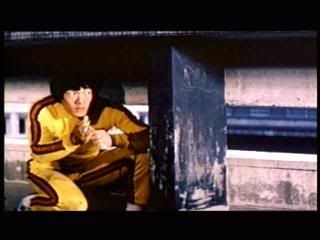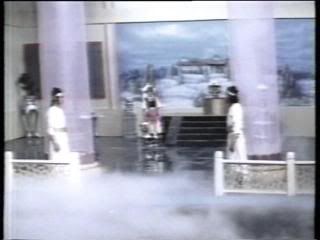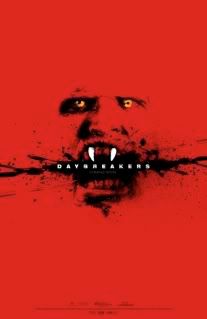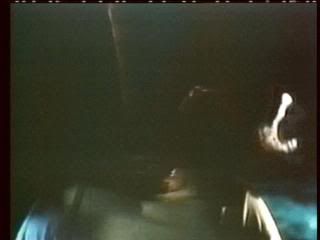I sometimes feel bad for Bruce Li. A perfectly capable martial artist with a passing resemblance to Bruce Lee, he was re-branded and thrust into stardom in a series of Bruceploitation features meant to take advantage of the popularity of the late star following his death. Not that he resisted starring in these films, but he certainly had the charisma and ability to have done quite well for himself outside of these often shaky features. The Image of Bruce Lee actually has very little at all to do with Bruce Lee, and is instead a retitled contemporary action crime film with a few minor references to the dragon's films- most notably the opening sequence where Li is dressed very similarly to Lee in Game of Death, as well as a character briefly mentioning his resemblance. The film, which resembles a cop show from the 70s with plenty of kung fu and nudity thrown in, is actually quite entertaining, and it's unfortunate that it's lumped into the often exploitive sub-genre.
Bruce Li stars as Special Squad Leader Dragon, though is never actually referred to by that name. After a brief miscommunication (which leads to a scuffle), he's teamed up with Inspector 'Moustache' Wang, and the two are tasked with bringing in a crew of counterfeiters who have been distributing false U.S. currency into Hong Kong. The baddies are led by Han Tin Lung (Ying-Chieh Han) and his son Steven (John Cheung), who have operations reaching into London and Tokyo. The Tokyo branch is led by Kimura (Enter The Dragon's Bolo Yeung), while the printing paper is being brought to Hong Kong from London by Donna (Dana), the daughter of an associate. Soon, kung-fu is breaking out all over as Dragon tangles with Han's men, Kimura, Steven, more of Han's men, and eventually Han himself. Meanwhile, Donna gets naked and Inspector Wang spends most of the movie following her around. I won't spoil the twist, but the final scene is eye-rollingly goofy.
Actually much more entertaining than its title might imply, The Image of Bruce Lee fits wall to wall action into its rather standard counterfeit plot, making sure to throw in some decently choreographed fight scenes every five minutes or so. Li is quite impressive during these scenes, throwing some great kicks and generally looking like he could kick the ass of anyone within a ten mile radius. He's only ever challenged when totally outnumbered, or when faced with the martial artist's kryptonite: a gun. As for the baddies, John Cheung (who apparently is somewhere in Enter The 36th Chamber of Shaolin) shows off some impressive fighting skills, and Bolo is his usual Chinese Hercules self. The fights tend to run together, but there's a fun altercation in a dojo which leads to Li taking on a dozen guys by himself, and the final rumble - which begins among some dilapidated buildings and ends on the beach - feels appropriately climactic.
Director Chuan Yang, who fronted dozens of films of various genres, tackles the action perfectly fine, showing off his stars and tossing in a few impressive slow motion shots. While lacking in style, the frenetic pace and copious amounts of action and nudity keep things from ever getting bogged down. The plot is generic, but is handled competently. The music feels just like the soundtracks to American cop shows of the era, with plenty of wah-wah pedal and funky bass.
As per usual, the dubbing here is pretty wretched. Kung-fu fans will probably recognize a number of the usual (British and Australian) voices here, but the sound is often rather muffled which makes some of the dialogue difficult to hear. Visuals are soft but thankfully the image is letterboxed to 1.85:1 (though the IMDB says that the original shooting ratio was 2.35:1), and except for some early dark scenes which are difficult to watch the image quality is quite reasonable.
Part of the Millcreek Public Domain 50 Kung-Fu film collection, The Image of Bruce Lee features no extras besides the usual four chapter stops.
Part of the Millcreek Public Domain 50 Kung-Fu film collection, The Image of Bruce Lee features no extras besides the usual four chapter stops.
An entertaining and action-packed film that is unfortunately usually lumped in with more exploitive bruceploitation efforts, Image of Bruce Lee shows off Bruce Li's considerable talents while filling in the plot with requisite amounts of nudity and gunplay. Fast paced and featuring some impressive kung-fu, it trumps most of its public domain brethren and is deserving of time for those looking for cheap thrills.

































 >
>




























